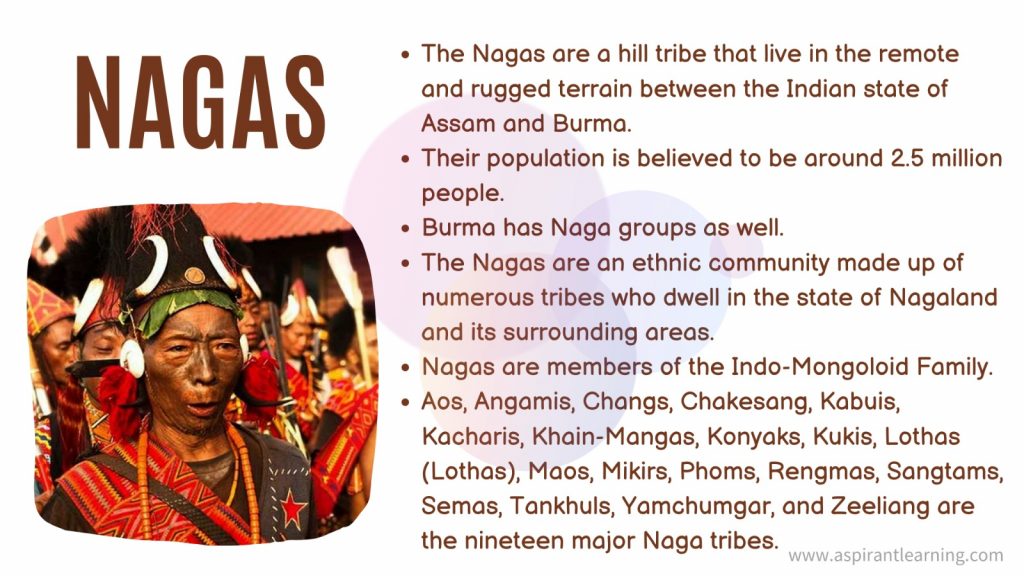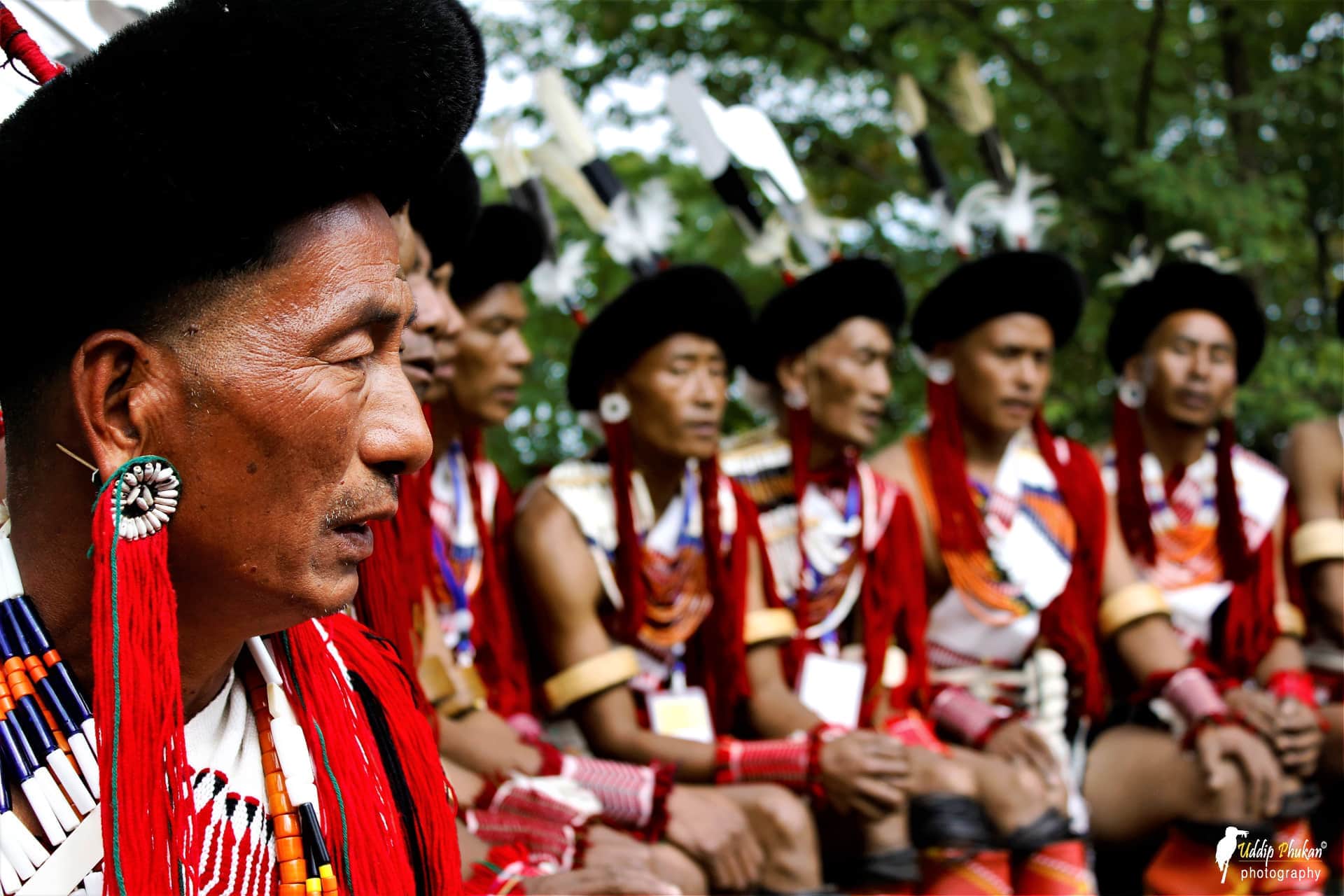News Highlight
New Delhi’s fluctuating commitment to the “Indo-Naga political issue” has made the Framework Agreement hang in the balance.
Key Takeaway
- The NSCN (I-M) refers to itself as the Nagalim National Socialist Council.
- According to the NSCN (I-M), the Centre has pledged to allow the Nagas to use their flag and constitution to preserve long-term peace in Naga-inhabited areas.
- The extremist group’s headquarters outside Dimapur, Nagaland’s commercial capital, will host the 44th Naga Republic Day celebration on March 21.
The Naga political issue
- Background
- In 1881, the Naga Hills were included in British India.
- In 1918, the Naga Club was formed to bring disparate Naga clans together.
- In 1929, the Naga club rejected the Simon Commission, requesting that they “leave us alone to determine for ourselves as in ancient times.”
- In 1946, the club evolved into the Naga National Council (NNC).
- The NNC, led by Angami Zapu Phizo, declared Nagaland an independent state on August 14, 1947, and held a “referendum” in May 1951, claiming that 99.9% of Nagas favoured a “sovereign Nagaland.”
- Phizo established the Naga Federal Government (NFG) and Naga Federal Army on March 22, 1952.
- The Indian government dispatched the army to quash the rebellion and adopted the Armed Forces (Special Powers) Act in 1958.
- After a violent clash, the NSCN divided into NSCN (IM) and NSCN (K) in 1988.
- While the NNC faded away, and Phizo died in London in 1991, the NSCN (IM) became known as the “mother of all insurgencies” in the region.
Demands of Naga Groups
- A Greater Nagalim, or redrawing boundaries to put all Naga-inhabited areas in the Northeast under one administrative umbrella.
- It has been a significant demand for Naga organisations.
- It also encompasses parts of Arunachal Pradesh, Manipur, Assam, and Burma.
- The independent Naga Yezabo (Constitution) and Naga national flag are also in demand.
Concerns for Naga Insurgency
- Defying a lasting solution
- The Naga insurgency has eluded a long-term solution due to its roots in;
- Sub-national politics
- The intricacies of regional geopolitics
- The developing dynamics of counterinsurgency methods.
- Despite the Centre’s push to complete it by 2019, the much-touted peace deal has failed.
- The Naga insurgency has become a multifaceted issue with political, social, and economic repercussions.
- The Naga insurgency has eluded a long-term solution due to its roots in;
- Suffering for the general populace
- The Naga insurgency has resulted in violent divides, divisive tribalism, fratricidal feuds, and enormous suffering for the general population.
- Law and order situation
- Law and order is a major worry in the state, with armed gangs exerting significant influence and questioning the nation’s sovereignty and integrity.
- Culture of extortion
- Armed gangs have been extorting and syphoning off funds for development activities.
- Armed groups’ unlawful collections have been a problem for numerous years.
- Armed gangs operate their own alternative ‘tax collecting’ systems.
- Tax extortion has been a contentious aspect of the Naga issue.
Peace Initiatives
- Shillong Accord (1975)
- In Shillong, a peace treaty was reached in which the NNC leadership decided to lay down their armaments.
- Unfortunately, other leaders refused to accept the accord, causing the NNC to split.
- Ceasefire Agreement (1997)
- The NSCN-IM and the government agreed to a truce to suspend attacks against Indian army personnel.
- In exchange, the government would halt all offensive counter-insurgency operations.
- Framework Agreement (2015)
- The Government of India acknowledged the Nagas’ unique history, culture, and status.
- As well as their sentiments and ambitions in this accord.
- The State administration recently agreed to prepare the Nagaland Registry of Indigenous People.
- However, the decision was put on hold due to pressure from various factions.

Conclusion
- The Naga situation is complicated, and the NSCN(IM) is precarious.
- It is difficult for them to renounce their demand for a Greater Nagalim.
- But India cannot accept that demand, and a compromise must be found, which may take some time.
Pic Courtesy: Eastern Routes
Content Source: The Hindu



